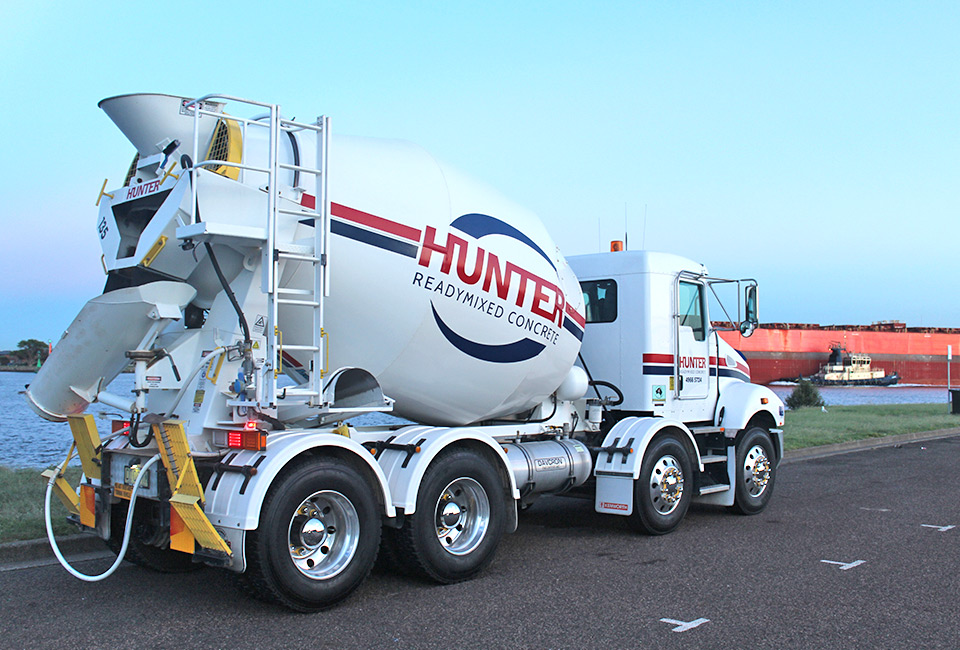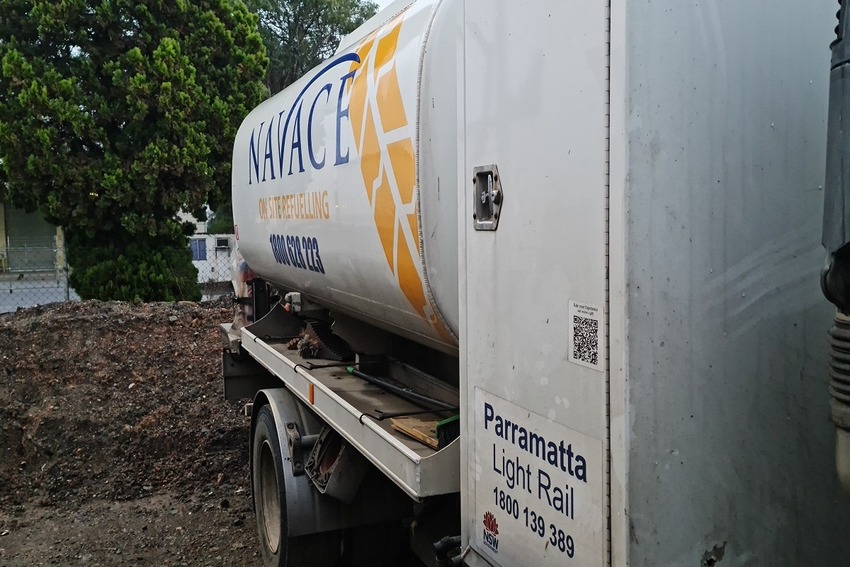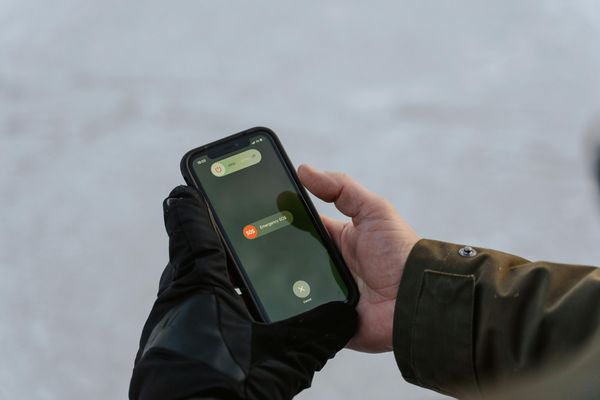Explaining our Lone Worker solutions
Lone Worker empowers remote work, helps keep employees safe and employers compliant.
Employee Safety
Communications, emergency duress and sudden impact
When a fall or impact is detected, Lone Worker prompts the employee to confirm their welfare as a built-in false negative test. If the user’s welfare is not confirmed, a duress alert is triggered automatically.
- Instant one to one and group communications
- False Positive impact detection
- Open mic duress call
- Real time location tracking
Compliance
Tools to support employer compliance
Lone Worker application helps employers meet their obligations under the Work Health and Safety Act 2011 and the Occupational Health and Safety Act 2004.
Specifically, it enables employers to implement control measures for hazards, establish effective communication channels, conduct regular monitoring as needed, implement emergency procedures, and automate incident reporting.
- Employee safety features +
- Geofence hazardous areas
- Historic location reporting for “on-duty” movements
- Radio Communications (PTT)
- Add check in locations and route timing with Bluetooth or QR codes
- Automate incident reporting or deviation from expected behaviour
Digitisation
Digitise processes and workflows
Lone Worker enables the digitisation and data collection of remote worker tasks.
- Add routes and timing points for patrols
- Add check in spots with Bluetooth beacons and sensors
- Allow for collection of and sending of data and images
- Automate process initiation by passing data collected to another system
Insights and assistance
Lone worker case studies
Find answers to common queries and gain valuable insights into insurance decision-making.
Insights and assistance
Industry news, insight and data about Lone Worker
Find answers to common queries and gain valuable insights into insurance decision-making.
Lone Worker Emergency Alert Systems: Ensuring Safety for Australia’s Remote Workforce
Lone Worker Emergency Alert Systems: Protecting Australia’s Isolated Workforce In today’s evolving workplace landscape, lone worker safety has become increasingly critical, particularly in Australia where
The Ultimate Guide to Lone Worker Safety: Protecting Your Remote and Isolated Employees
The Ultimate Guide to Lone Worker Safety: Protecting Your Remote and Isolated Employees In today’s evolving work landscape, lone worker
The Future of Emergency Communications: Push-to-Talk Over Cellular in Australia
The Future of Emergency Communications: Push-to-Talk Over Cellular in Australia Push-to-Talk over Cellular (PTToC) technology has revolutionized how emergency response teams communicate
Insights and assistance
Frequently asked questions
Find answers to common queries and gain valuable insights into insurance decision-making.
Lone worker applications are software solutions designed to enhance the safety and security of individuals who work alone or in isolated environments. These applications typically run on smartphones, wearables, or dedicated devices and provide features like emergency alerts, GPS tracking, check-in systems, and communication capabilities.
Lone worker applications employ various safety measures to protect individuals. They enable workers to check in at regular intervals to indicate their well-being. In case of an emergency or missed check-in, the application can automatically notify predefined contacts or a central monitoring system for immediate assistance. Some applications also incorporate panic buttons that allow workers to quickly send distress signals.
When selecting a lone worker application, consider features such as real-time location tracking, two-way communication capabilities, automatic incident reporting, integration with existing safety protocols, customizable alert settings.
While lone worker applications are commonly used in industries such as healthcare, construction, security services, transportation, and utilities where employees often work alone or remotely, they can be beneficial in any scenario where individuals may face occupational risks due to isolation. These apps can be tailored to meet the unique needs of different sectors.
Legal requirements regarding the use of lone worker applications may vary depending on the jurisdiction and industry-specific regulations. In Australia for example, employers need to meet their obligations under the Work Health and Safety Act 2011 and the Occupational Health and Safety Act 2004. Specifically, it enables employers to implement control measures for hazards, establish effective communication channels, conduct regular monitoring as needed, implement emergency procedures, and automate incident reporting.
Employees can be set up for visibility to a company control room in the case of security guards, bus drivers etc. Employees can also be set up to be incognito until a check-in or emergency situation occurs. Any personally identifiable information is securely stored in the IMPULSE Wireless application.
Contact us
Speak to our team for custom push to talk solutions
Reach out today for tailored insurance solutions and expert guidance.
or schedule an appointment directly with our Sales Team
Not sure what you need?
Fill out the form below, and we'll get back to you as soon as possible.





